Best and Worst Fish for Your Health

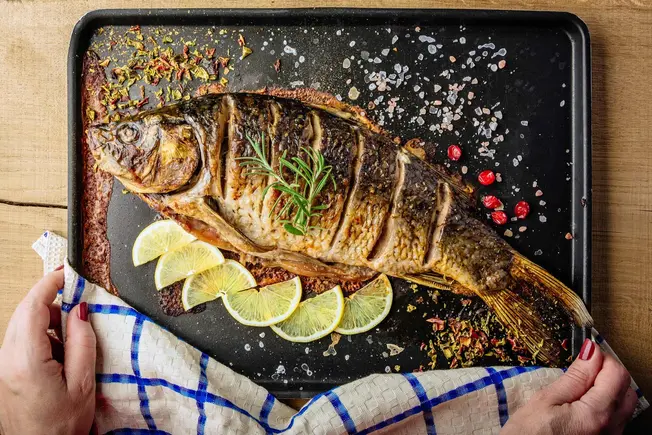
Make the Most of It
Healthy diet plans encourage you to eat fish. Experts recommend at least 8 ounces of seafood a week. Research says Americans average only about a third of that.
Not all fish are the same. So it’s important to know how to make sure you get the most out of what you eat.
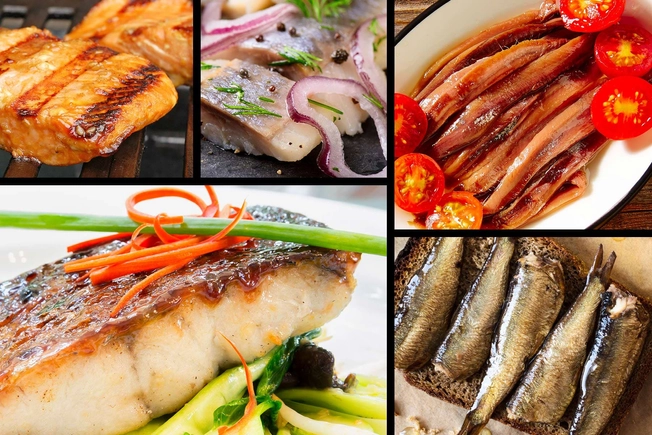
Best: Fish High in Omega-3s
Found in fatty, oily fish, omega-3 fatty acids can help your heart in a number of ways. Just a couple of 4-ounce servings of seafood with them each week can lower your chances of heart disease by 36%. Omega-3s might make you less likely to have conditions like stroke and Alzheimer’s disease, too.
Good sources of these healthy acids include:
- Salmon
- Herring
- Anchovies
- Sardines
- Trout

Best: Lean Fish
Lean seafood has fewer calories than the fatty kind -- and lots of protein. For example, low-fat fish like tilapia, cod, flounder, and sole have fewer than 120 calories in a 3-ounce serving and give you plenty of protein.
If you don’t like fish but want to get more seafood into your diet, tilapia and cod can be a good starting point. Neither has much of a fishy taste. They also tend to take on the flavor of a marinade or sauce.
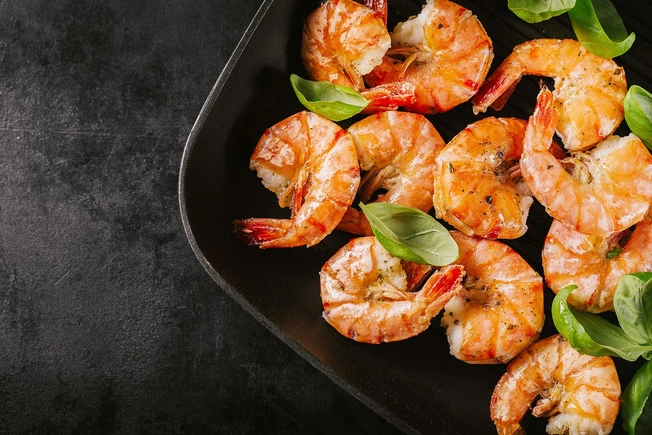
Best: Shrimp
Though they’re technically crustaceans, shrimp and prawns are good seafood choices. They’re low in mercury -- and calories -- and high in protein. And they’re popular: Shrimp accounts for about half of the seafood eaten in the U.S. The only drawbacks are that they’re higher in cholesterol than most fish. They’re also low in omega-3s.

Worst: Fish High in Mercury
Too much mercury in your system can cause brain and nerve damage in adults. It can affect the development of babies and young children, as well.
Fish to stay away from include:
- Imported swordfish
- Imported marlin
- Shark
- Tilefish

Worst: King Mackerel
Generally, mackerel are an especially good source of omega-3s and most can be part of a healthy diet. But king mackerel -- especially ones caught in the Pacific Ocean -- are high in mercury. Doctors say young children and women who are pregnant or nursing should avoid them completely.
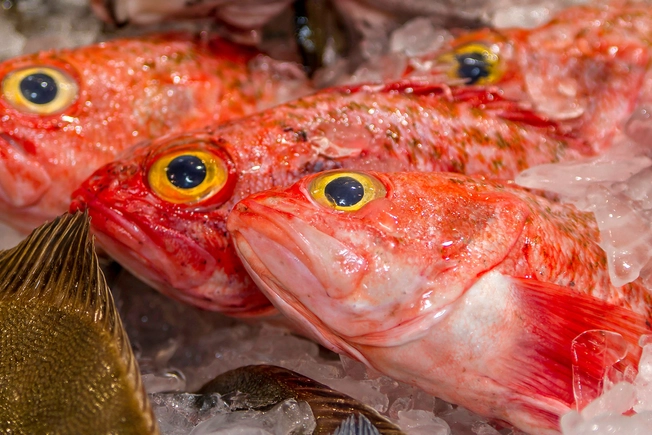
Worst: Orange Roughy
These fish, also known as slimeheads, can live up to 150 years. But that means they’ve been around unhealthy elements, like mercury, for a long time. So they’re not the best option for a healthy diet.

It Depends: Tuna
Just like mackerel, different kinds of tuna have different levels of mercury. For example, it’s best to avoid bluefin and bigeye tuna steaks. And while albacore tuna is high in omega-3s, you shouldn’t eat it more than once a week. The same goes for yellowfin. For a good source of protein, it’s best to go with canned light tuna, which is safe to have up to three times a week.

The in-Between Bunch
Some types of fish fall in this category. They’re not high enough in mercury that you should avoid them completely, but they don’t have many omega-3s, so you shouldn’t go overboard. These include:
- Chilean sea bass
- Halibut
- Mahi mahi
- Monkfish
- Snapper
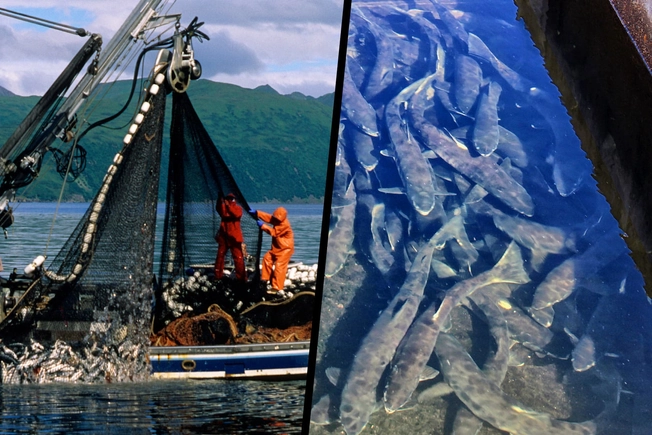
Wild-Caught vs. Farm-Raised
The difference between these is as simple as it sounds. Wild-caught live in their natural waters, while farm-raised exist in prepared tanks. Which one is better for you isn’t as straightforward. Both types can have mercury. The nutritional value of each depends on what they eat, but wild-caught tend to be lower in saturated fats, while farm-raised tend to have more omega-3s.

Know Your Terms
Threatened is a label for a species that’s likely to become extinct unless people take steps to protect it.
Endangered means there’s a very small population of a certain kind of fish. These species are more likely than threatened ones to die out.
Overfishing is when anglers catch too many fish of a certain species before they can reproduce. It’s one of the reasons, along with disease and pollution, that fish become threatened or endangered.
